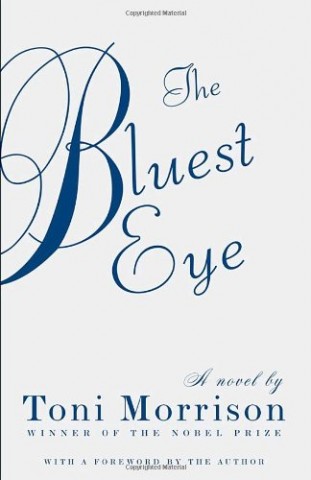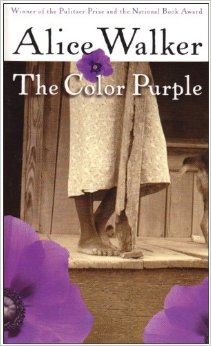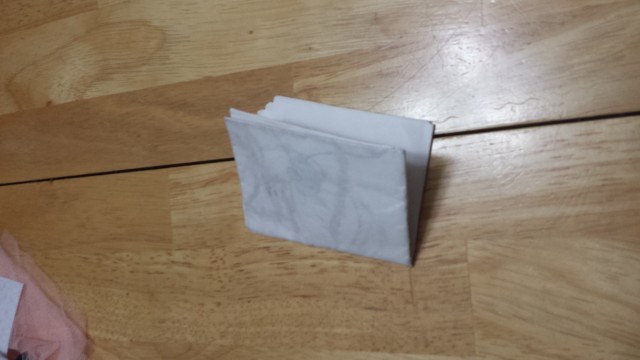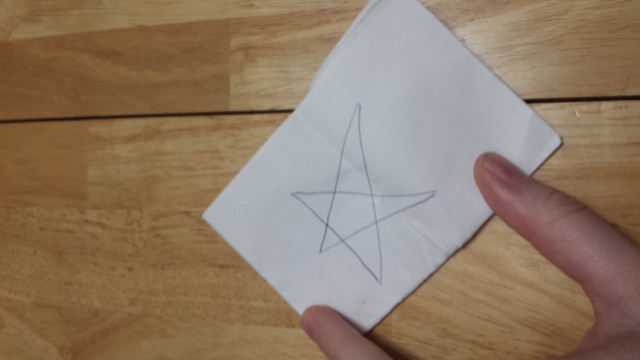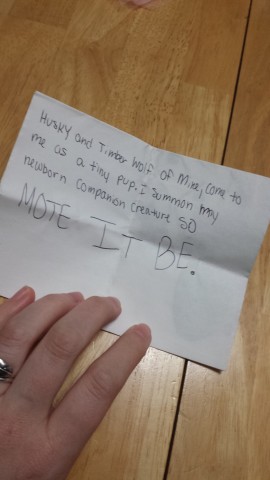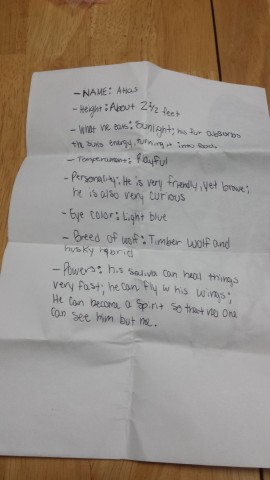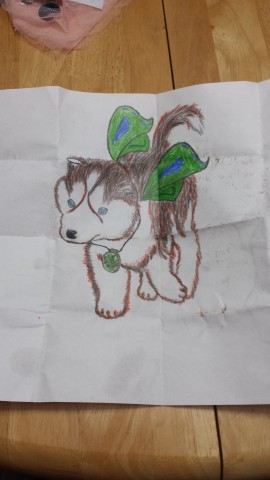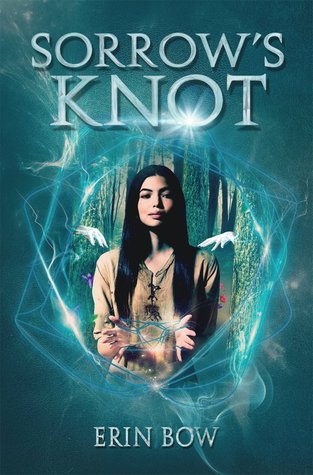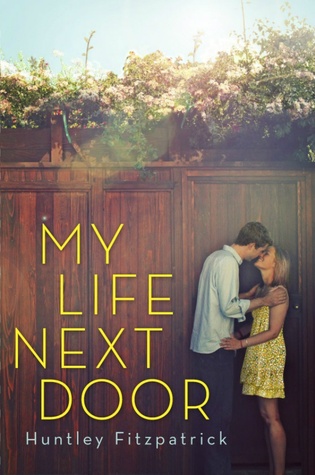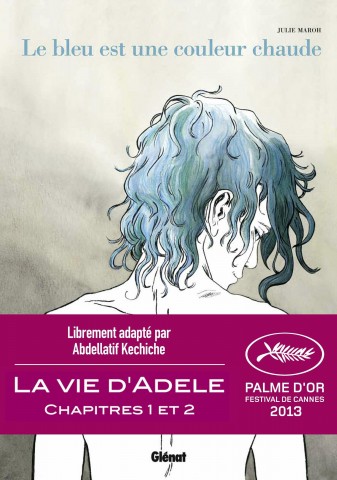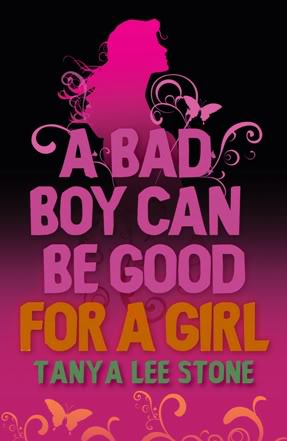
A Bad Boy Can Be Good For a Girl by Tanya Lee Stone
I thought I’d start my Banned Books month with this book, because it was a quick read and challenged right here in North Carolina! A mother wanted it removed from the Currituck High School library because of its “pornographic” nature. By that I assume she means that some people have vague sex. The challenge went all the way to the Currituck County Board of Education, which voted 4-1 to retain the book.
I’m really glad, because I think some girls truly need this book. It’s not just about sex–although, really, what teen hasn’t felt pressure to have sex/not have sex and wondered the best way to deal with it? This book shows three different girls dealing with the same player senior boy in different ways. All of them get hurt, but all of them also come out stronger. That’s why a bad boy can be good for a girl.
I hope
next time
(because, unfortunately, you know there’s going to be
a next time),
I’ll be smarter.
Oh god, please let me act
as smart as
I am. (67)
I really like this message. Yeah, you fell too hard for a guy who didn’t deserve you. He took advantage of you and then left you. Maybe that was a mistake, but you’ve just got to learn from it and move on. I really love how Stone captures perfectly the feeling of being emotionally manipulated:
but also how totally
nothing
he made me feel.
I’m hoping that by remembering that,
as much as I’d like to forget it,
it’ll help keep me from ever
letting a boy
make me feel like
nothing
again. (71)
By describing the experience so poignantly, and then showing a character moving on and becoming stronger from it, Stone hopefully gives other girls hope. You are not alone. You’re not “stupid” or wrong because some guy manipulated you. Even if he was just using you for sex but you liked the sex, that doesn’t make you a bad person:
Am I a whore because I like sex? Or because I did it too soon? Or too much? Nobody ever calls boys whores. Why is that? (141)
I think this is why the book was challenged. Not all of the girls give in to the “bad boy”‘s manipulation and agree to have sex with him. Not all of them really regret the sex either. Calling out this double standard of male player/female whore is so important to avoid a lot of unnecessary angst, anxiety, and sexual dysfunction.
The book also has some surprisingly real Real Talk about this, the difference that still exists between societal views of men and women as sexual creatures. How men and boys are encouraged to be predatory, viewing women as sexual objects instead of people to connect with:
“What, it’s a sin to tell a guy how you feel?” I’m really crying now.
“No, of course not, but you really should wait for him to say it first,” she says.
“Why? That’s so stupid! And I don’t even know if I meant it, it’s just–how do you make love and then not say ‘I love you’?” I blubber.
“Sweetie, we call it making love, they don’t,” she says.
The phrase “nail her” flashes
like a huge neon sign in my brain.
I definitely think I’m going to throw up.(205)
Ahhhhhhhh this really happens so often, especially to girls just discovering their sexuality or first relationships, before experience makes them wary. And it sucks that we need a whole book to warn girls and help them deal, but you know this has helped so many readers, just like the girls help each other in the story:
“Can I help you?” I say.
“No, but I’m hoping I can help you… because it wasn’t your fault,” she says.
I try to say “I know that,”
but I’m choking on my words through the tears.
She definitely hit a nerve.(215)
The girls in the book gain a sort of camaraderie after seeking each other out and seeing that the same boy used the same techniques on all of them before dumping them immediately after getting what he wanted. Seeing that they weren’t alone, and that “it wasn’t your fault”, is incredibly important because society tends to put the majority of blame on women, even when they are the victims of sex crimes. Though this book doesn’t address rape, it definitely includes emotional and sexual manipulation, and a boy spouting off the normal bullshit boys this age always try. “I need it,” “we’ve been together so long,” “you can’t just leave me like this”… all to say, one way or another, “you owe this to me.” And then, whether she gives in to the guilt or not, she ends up abandoned and usually shamed by the rest of the school for being a “slut”. This bullshit happens all the time, and the only way to make it stop is to address it honestly, in conversations and in books like this.
The more I read, the more I realize
I’m not alone.
And it helps.
It really
helps. (217)
That’s why it’s important for this book to stay in the library. Not talking about these problems only makes them worse.
Also, my copy of this book had an amazing commentary someone has written in after Part 1:
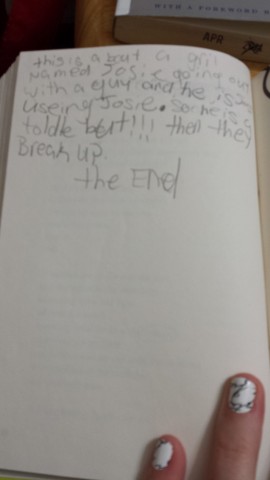
Seeing someone called A BUT is like a flashback to Middle School Patricia. Although she knew how to spell it
this is a bout a gril Named Josie going out with a guy and he is jest useing Josie. So he is a toldle but!!! then they Break UP. the End
Previously: Banned Books Week 2014
